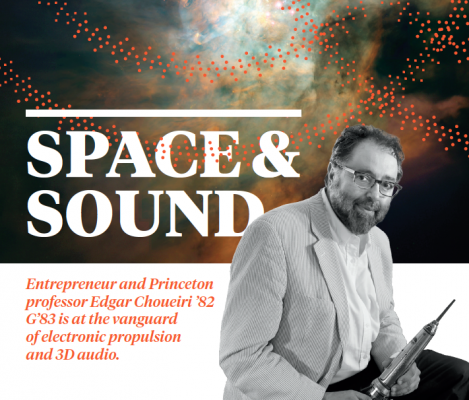Student Innovations Shine at 2025 Invent@SU Presentations
Eight teams of engineering students presented designs for original devices to industry experts and investors at Invent@SU Final Presentations. This six-week summer program allows students to design, prototype and pitch their inventions to judges. During the program, students learn about…


 now and you must be well above 30. Although you exist in a different time, I am talking to you through this machine I have in my hands. I’m not sure if this tape will survive. I would love it if I had become an astronaut or you were working in aerospace and electronics or playing with instruments.”
now and you must be well above 30. Although you exist in a different time, I am talking to you through this machine I have in my hands. I’m not sure if this tape will survive. I would love it if I had become an astronaut or you were working in aerospace and electronics or playing with instruments.”